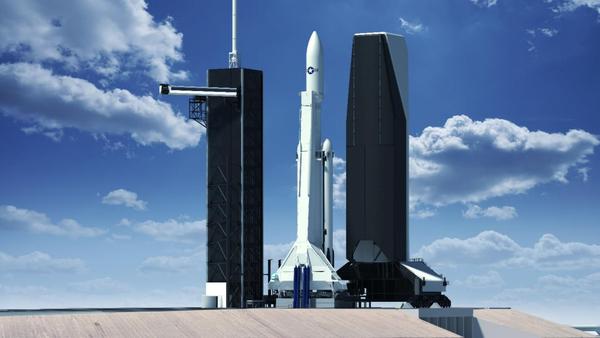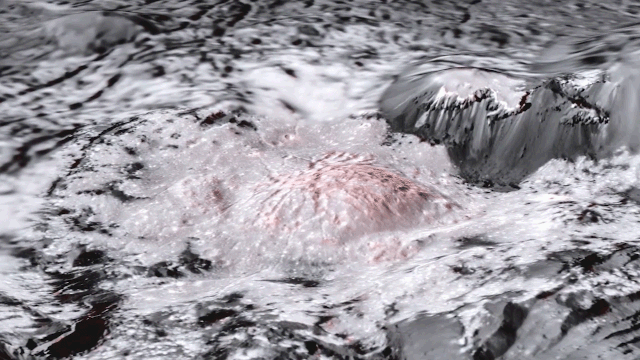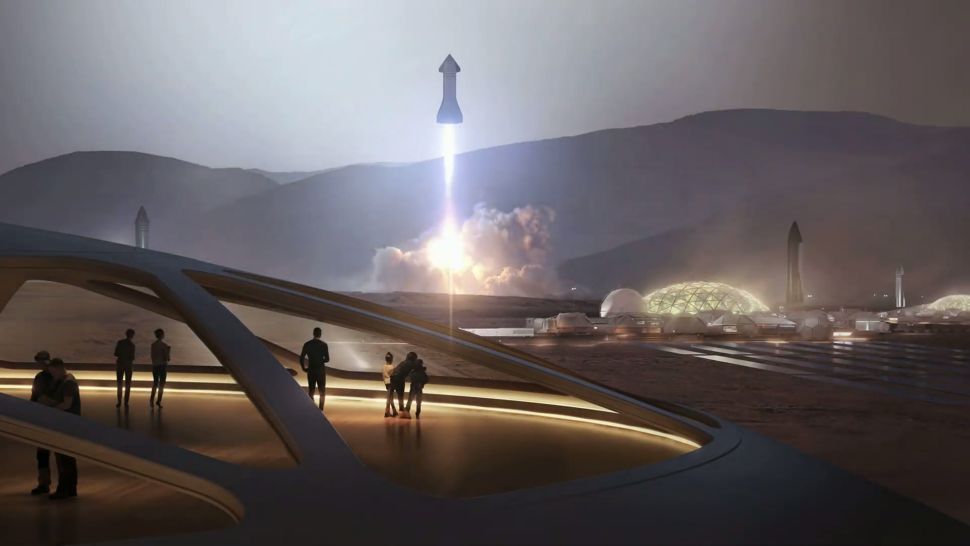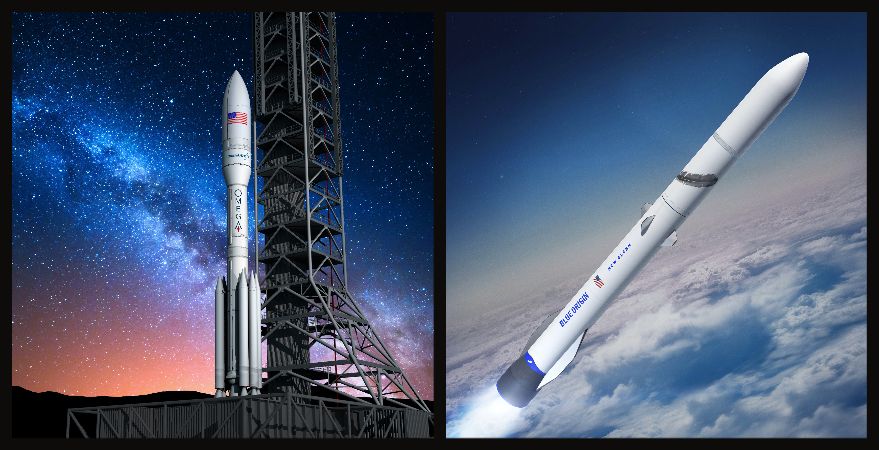#SpaceX
#ElonMusk
#SpaceX
#ElonMusk

Featured Image Source: SpaceX
The Department of the U.S. Air Force awarded SpaceX a National Security Space Launch Phase 2 Launch Service contract valued at $316 million. The military launches will be conducted by SpaceX’s Falcon 9 and Falcon Heavy rockets, between 2022 and 2027. One of the requirements for the Phase 2 contract is that SpaceX must have the capability to do a vertical payload integration at their launch site. SpaceX President, Gwynne Shotwell, told reporters–
“The only modifications we need are an extended fairing on the Falcon Heavy, and we are going to have to build a vertical integration capability. But we are basically flying the rockets that they need.”
Starship lifts off and a terraformed Mars map is published. How will Mars astronauts reach the surface? It’s Musk Reads: SpaceX Edition #193.
A version of this article appeared in the “Musk Reads” newsletter. Sign up for free here.
The footage of the tiny tiny landing legs deploying is particularly fantastic. Credit: SpaceX
A full video showing how the SpaceX teams took care of Starship SN5 following her hop on to the landing pad. This is the first time — for Starship — that there’s been a post-flight processing flow.
Video and Pictures from Mary (@BocaChicaGal). Edited by Jack Beyer (@TheJackBeyer).
Click “Join” for access to early fast turnaround clips, exclusive discord access with the NSF team, etc — to support the channel.
Updates: https://forum.nasaspaceflight.com/index.php?topic=51332.
Articles: https://www.nasaspaceflight.com/?s=Starship
NSF Store: https://www.nasaspaceflight.com/shop/



Tesla is going to work with spaceships too. Enhanced partnership with SpaceX.
This is revealed by a new job position, for future designers who will range from electric cars to spaceships for Mars.
A couple of days ago SpaceX tested a prototype of the future Starship, the spacecraft that will be flying to the Moon and Mars. It was a rather raw reproduction, just slightly reminiscent of the style used in the digital rendering presentation. Today we discover that, as demonstrated by a new job place, Tesla’s may be called into the final design.
Tesla, in fact, looking for new experts, specifies that the tasks for future designers who will range from electric cars to spaceships for Mars. The growing collaboration between the two Elon Musk companies is therefore evident.

WASHINGTON — The Air Force made the call to stick with SpaceX and United Launch Alliance as its launch providers for the next five years. Now it has to decide if and how to continue working with the companies that lost the National Security Space Launch Phase 2 competition — Blue Origin and Northrop Grumman.
An issue at hand is the termination of the Launch Service Agreement contracts that the Air Force awarded in October 2018 to Blue Origin and Northrop Grumman, as well as to ULA.
The purpose of the agreements was to help Phase 2 competitors pay for launch vehicle development and infrastructure. Blue Origin received $500 million; Northrop Grumman $792 million and ULA $967 million. The funds were to be spread out through 2024, and the Air Force from the beginning said the LSAs would be terminated with those companies that did not win a Phase 2 procurement contract.
SpaceExploration